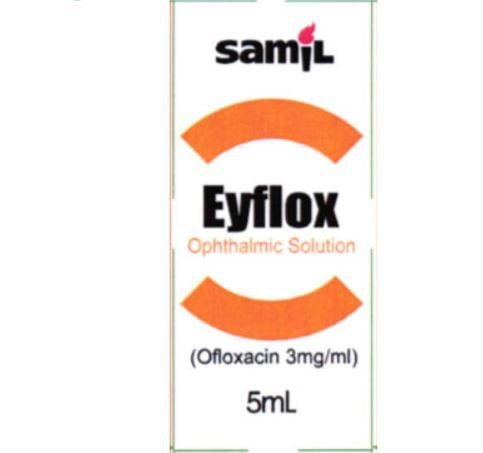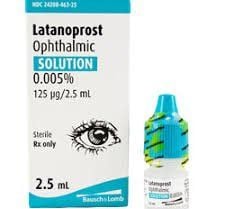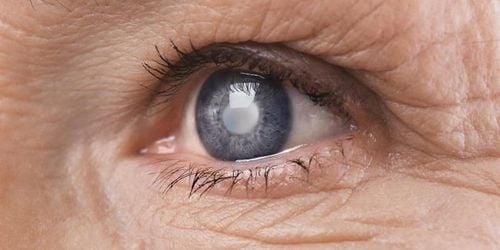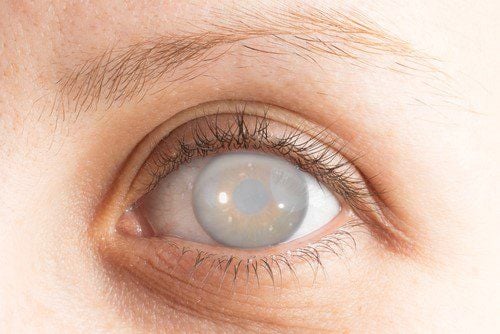This is an automatically translated article.
The article was written by Specialist Doctor I Nguyen Thi Bich Nhi - Ophthalmologist, General Surgery Department - Vinmec Nha Trang International General Hospital.Phaco surgery stands for Phacoemulsification. Phaco is a method of using ultrasonic energy to crush and separate the cloudy lens into small pieces. It is then sucked out through a small incision without stitches and replaced with another artificial lens.
1. What is Phaco Surgery?
Phaco surgery is a modern method of cataract surgery, the patient only needs to put a few drops of anesthetic on the iris, then put the phaco head into the eye through a small 3mm incision, the phaco head will finely crumble the affected lens. opaque, then sucked out.
Then an artificial bead is placed in place of the extracted opaque bead. As a result, visibility will be markedly improved.
2. Types of artificial lenses
Lenses are divided into 2 main types: monofocal lenses and multifocal lenses.
Single-focal multiplier provides clear near or far vision, patients need to use extra glasses to support non-priority vision. Multifocal multiplication can help patients have relatively clear vision at many distances (30-50cm) - intermediate (50-100cm) - far (>1m) without glasses or rarely needed. glasses. Each type of lens has its own advantages and disadvantages.
Traditional monofocal artificial lenses ensure the basic problem of improving vision for cataract patients. However, they only maintain good vision at a distance, usually a long distance.
As a result, the patient will have difficulty with activities at intermediate or near vision distances such as watching television, using computers, reading books, using mobile phones, and will need various types of support. glasses.
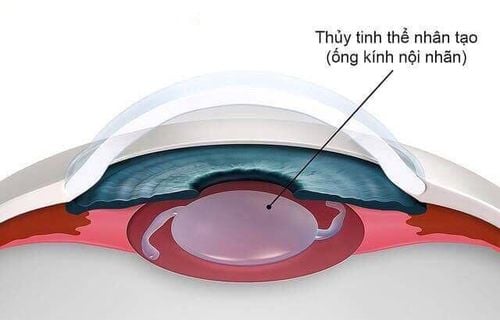
Thủy tinh thể nhân tạo được ứng dụng trong điều trị một số bệnh lý về mắt
The advent of multifocal artificial lenses is a technological breakthrough that has solved the above disadvantages of monofocal artificial lenses. However, some patients with multifocal artificial lenses have problems with visual disturbances such as halos, glare, glare, reduced vision when it's dark, and difficulty using computers. or driving, the color vision is not sharp.
On the other hand, current multifocal artificial lenses mainly have 2 or 3 focal lengths, that is, maintain sharpness at 2-3 fixed distances, while at other distances there is still a degree of sharpness. certain blur.
3. Advantages of Phaco surgery
Surgery time is only 5-7 minutes, no pain, no bleeding. Small incisions 2.2 - 2.6mm, no need for stitches, minimizing the rate of astigmatism after surgery. Cold phaco reduces intraocular tissue damage. Vision recovered after 2 hours and was discharged the same day. Safe, minimize the complications of surgery. Correction of refractive errors (nearsightedness, farsightedness, astigmatism).
4. Phaco . surgical steps
Step 1: Anesthetize the eye with a small anesthetic method, helping the patient no longer feel pain during the surgery. Step 2: Make a small incision on the cornea Step 3: Separate the membrane (capsule) in front of the vitreous at the position between the cornea and the lens (called anterior chamber) Step 4: Crush and remove the lens vitreous The surgeon performs vitreous detachment. Because the lens is composed of fibrous vitreous cells (vitreous fibers), it can easily break the structure of the lens when applied force in one direction.
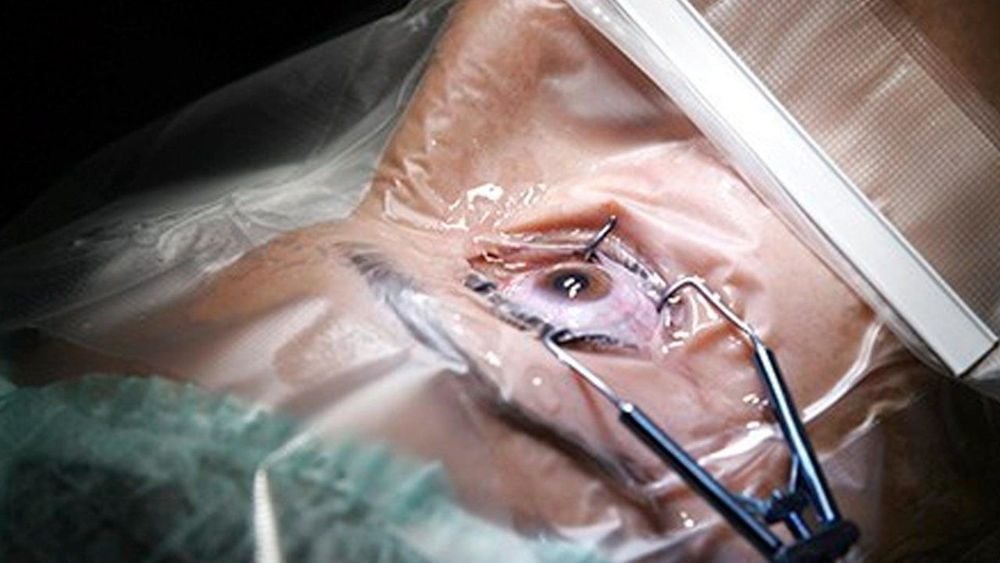
Phẫu thuật Phaco cần được thực hiện bởi các bác sĩ chuyên khoa giàu kinh nghiệm
After completing the separation of the vitreous, the surgeon will use high-frequency ultrasound to puree the vitreous and suck out the crushed vitreous.
Step 5: Remove the remaining shell The surgeon uses a tip called I/A (watering and aspiration) to remove the remaining shell of the vitreous.
Step 6: Intraocular lens grafting (artificial lens) Place the intraocular lens into the pump, then insert the intraocular lens through a small incision into the eye, adjust and fix the position of the eye. Glass.
Step 7: Disinfect the eye and end the surgery Because the incision on the cornea is very small, the cornea will heal on its own without stitches. The surgery will take place from 15 minutes to 30 minutes depending on the condition of the lens is newly cloudy or has been cloudy for too long. After 1 hour of follow-up, the patient can go home the same day.
5. Instructions on how to take care of your eyes after surgery
Although vitreous replacement surgery brings vision to the patient, but after surgery, the patient needs to pay attention to scientific eye care after surgery to protect healthy eyes.
After surgery, the patient will be given eye drops. Patients need to use eye drops (antibiotics and artificial tears) as directed by the medical staff, use a clean soft towel and paper to absorb around the eyes, to avoid reflux of the fluid into the eye causing infection.
Should wear hospital protective glasses or sunglasses when out in the sun or when exposed to smoky environments for at least the first week. After 1 week of surgery, you can maintain wearing normal glasses to block wind and dust when going out or driving.
After surgery, the patient needs to rest at home for 2 days.
The patient cannot drive a vehicle because his vision has not recovered. After 1 week of surgery, the patient can drive again. When you go to sleep, you should not lie face down, putting pressure on your eyes. Gentle exercise is possible 2 days after surgery. Normal activities 2 weeks after surgery. Patients should eat normally, should abstain from alcohol, beer, stimulants, or can eat according to the diet that they have been eating before. Shower from neck down, avoid water in eyes (when washing face, washing hair) for 3 days. Eye makeup, hairdo after 2 weeks of surgery. After 1 day of surgery, the patient can do normal work, avoid heavy work. Can use the computer, read a book if the eyes feel comfortable, and rest eyes after every 20 minutes of work. Full, periodic check-ups 1 day, 1 week, 1 month and 3 months after surgery or according to the doctor's appointment. If you feel pain or have a lot of discharge (tears) from the surgical eye, contact your doctor and hospital.
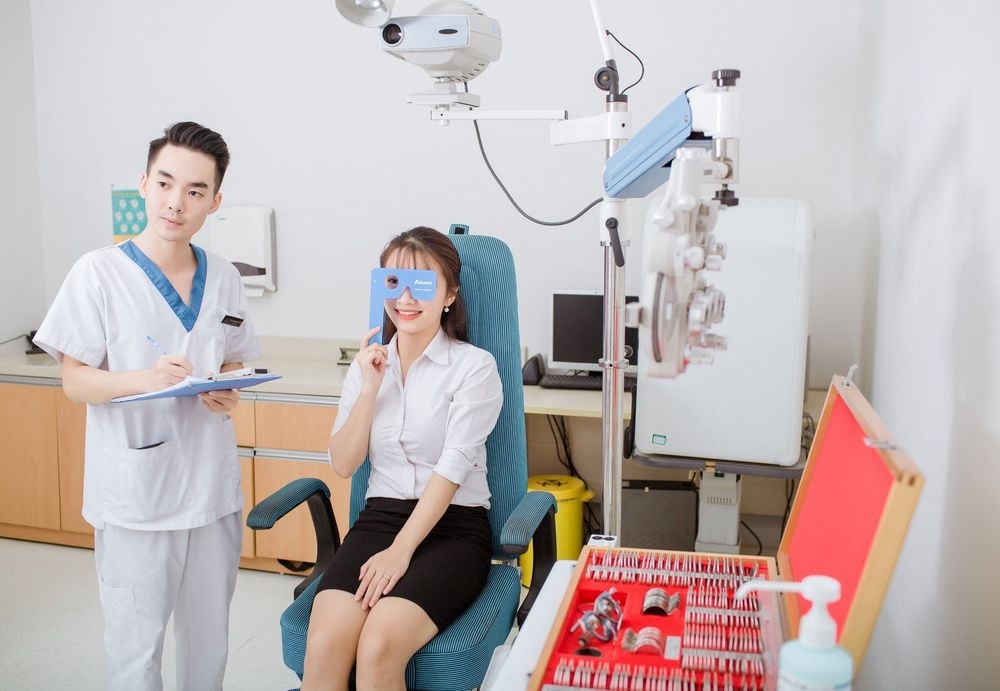
Sau phẫu thuật, người bệnh cần được tái khám kiểm tra sức khỏe mắt định kỳ
Avoid getting dirt, soapy water into your eyes to avoid infection. No swimming, bathing, sauna or spa. You must try to preserve, avoid injuring the wound. Limit bending over, carrying heavy objects, sports activities that require vigorous activity such as badminton, volleyball, football... Avoid operating motorbikes and cars until you feel confident. that vision was good and stable. Vinmec International General Hospital is one of the hospitals that not only ensures professional quality with a team of leading doctors, modern equipment and technology, but also stands out for its examination and consulting services. and comprehensive, professional medical treatment; civilized, polite, safe and sterile medical examination and treatment space. Customers when choosing to perform tests here can be completely assured of the accuracy of test results.
Please dial HOTLINE for more information or register for an appointment HERE. Download MyVinmec app to make appointments faster and to manage your bookings easily.





